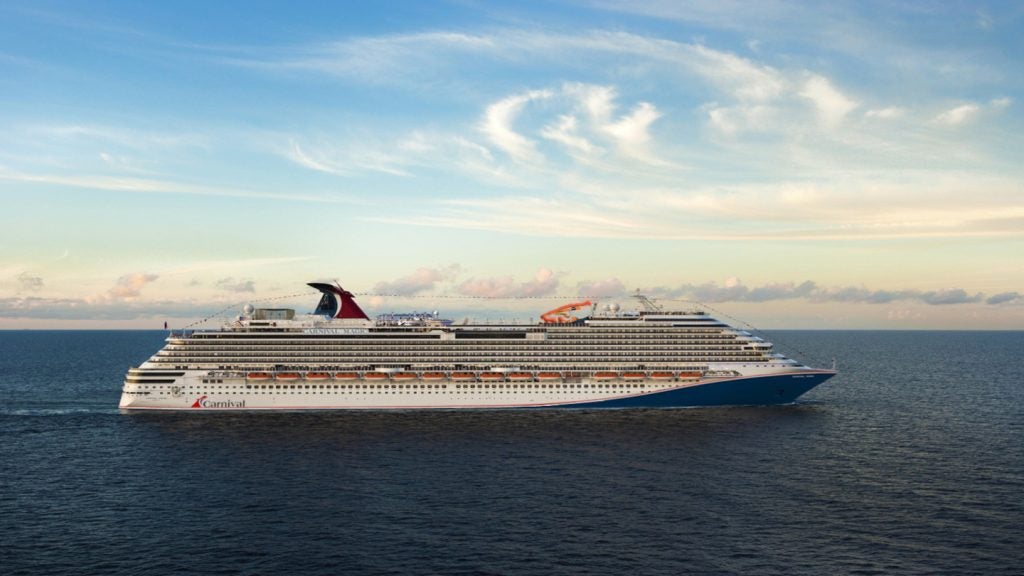The Emma Maersk is a container ship owned and operated by AP Moller-Maersk.
It was built at the Lind Yard in Denmark and is the first container vessel in Maersk’s E series of eight container ships, which were the largest container ships ever built until 2012.
The ship can carry around 11,000 twenty-foot-equivalent units (TEUs), which is 1,400 more than any other comparable container ship. The ship sailed its maiden voyage in September 2006. The National Bank of Denmark issued a new 20kr coin with the ship in 2011.
The Emma Maersk departed from Damen Shiprepair Brest (DSBr) on 29 February 2016 following the completion of its second special survey plus assorted maintenance works and drydock services at the shipyard.
Design and features of Emma Maersk container ship
At 170,974t, the Emma Maersk has an overall length of 397m, a beam of 56m, a draught of 15.5m and a deck edge-to-keel depth of 30m. It can sail at 25.5k and can accommodate 30 personnel. The hull is coated with a silicone-based paint to reduce drag and improve efficiency.
The ship has several environmentally friendly features and recycles its engine exhaust. The recycled exhaust is mixed with fresh air and released into the engine for reuse. This feature increases the ship’s efficiency by 12% and reduces emissions.
Cargo capacity
The ship’s maximum capacity is 11,000TEU. In the standard method of calculation, the cargo capacity of the ship is 13,500-15,000TEU. The carrying capacity of a vessel in the common method is calculated by considering the maximum number of containers of different weights loaded on the ship.
Ship systems
The Emma Maersk is highly automated, controlled by advanced computer systems. It is equipped with an integrated computer system monitoring 8,000 data signals.
The system is housed in the engine control room but it can be remotely controlled from the bridge and cargo control room. The automation allows the owners to operate the ship with a crew of 13.
The life-saving equipment on board includes two lifeboats, six life rafts and one man-over-board boat. The ship’s communications include the latest radio, telex, telefax and satellite telephone systems.
Emma Maersk container ship propulsion details
The ship is powered by a Wartsila Sulzer RTA96-C 14-cylinder diesel engine, the largest single diesel unit in the world. The 2,300t engine delivers a maximum power of 108,920hp at 102rpm and a maximum torque of 5,608,312lb/ft at 102rpm. The engine measures 89ft in length and 44ft in height. Each cylinder displaces 1,820lhp and produces 7,780hp. The total displacement of the cylinders is 25,480l.
The internal components of the engine are unlike other automotive engines. The top of the connecting rod is connected to a crosshead. The crosshead is then attached to the piston by a long piston rod. In conventional engines, the connecting rod is directly attached to the piston.
Fuel consumption at economical speed is 0.260bs/hp/hour. The thermal efficiency of the engine is over 50% at maximum economy. The engine consumes 1,660gal of heavy fuel oil an hour.










